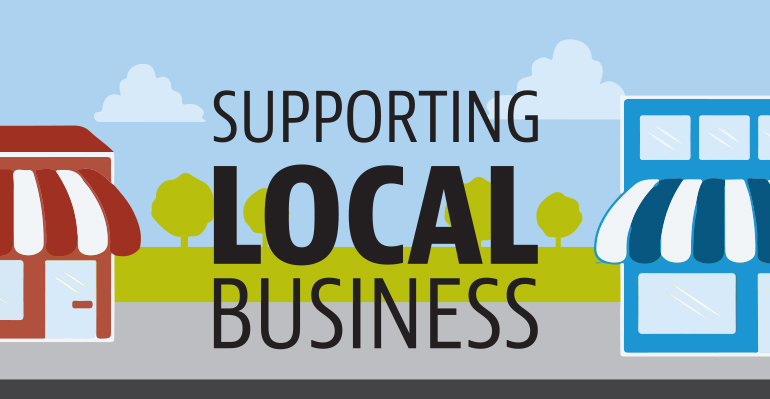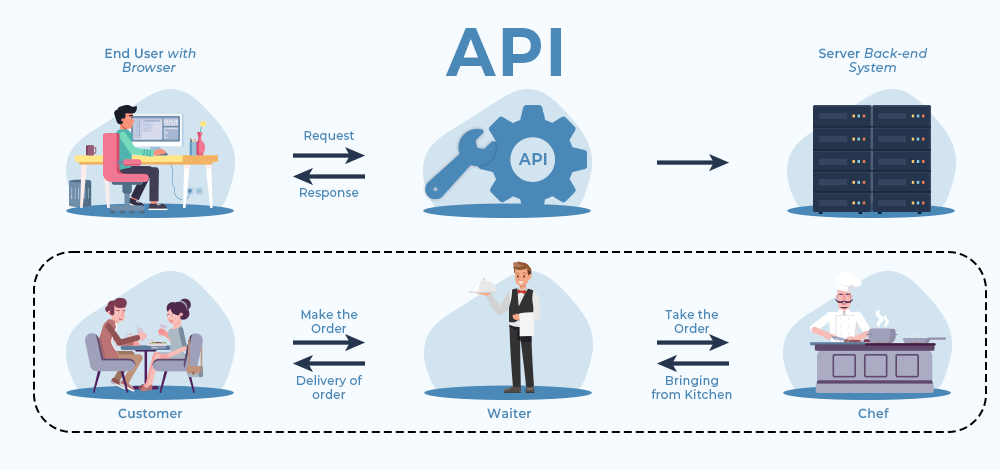
WordPress powers over 43% of all websites on the internet. That popularity makes it a massive target for cybercriminals looking to exploit vulnerabilities and gain unauthorized access to websites. Whether you’re running a personal blog, an e-commerce site, or a company portal, protecting your wordpress site from cyber threats should be a top priority.
In this blog, we’ll walk through the top cybersecurity risks facing WordPress sites, and actionable steps you can take to defend yours.
Why Is WordPress a Target for Hackers?
WordPress is open-source and heavily reliant on third-party plugins and themes. While this makes it highly customizable, it also creates a wide attack surface:
- Outdated software is often targeted.
- Weak passwords and poor user access controls open the door to brute-force attacks.
- Poorly coded plugins or themes can introduce backdoors or vulnerabilities.
- Malware and SEO spam can silently infect your site, harming users and tanking your search rankings.
Top Cyber Threats to WordPress Websites
Here are some of the most common cybersecurity issues:
- Brute-force attacks – Hackers use automated tools to guess your username and password.
- SQL injection – Exploiting forms or URLs to access your database.
- Cross-site scripting (XSS) – Injecting malicious scripts into your site’s pages.
- Malicious plugins/themes – Installing vulnerable or backdoored extensions.
- Phishing redirects – Redirecting visitors to fake sites to steal credentials.
Essential Security Practices for WordPress Websites
1. Keep WordPress Core, Themes, and Plugins Updated
Always install updates as soon as they are available. Vulnerabilities in outdated components are one of the most common entry points for attackers.
2. Use Strong, Unique Passwords and Two-Factor Authentication (2FA)
Avoid default usernames like “admin” and use a password manager to create secure credentials. Enabling 2FA adds a second layer of security.
3. Install a WordPress Security Plugin
Plugins like Wordfence, Sucuri, or iThemes Security can help monitor for threats, scan for malware, and block suspicious IP addresses.
4. Use HTTPS and an SSL Certificate
An SSL certificate encrypts data exchanged between your users and your website. It’s essential for both security and SEO.
5. Limit Login Attempts
Brute-force attacks rely on unlimited tries. Limit login attempts with a plugin or through your server configuration.
6. Back Up Your Website Regularly
Use a backup plugin like UpdraftPlus, VaultPress, or your host’s built-in tools. Schedule automatic daily or weekly backups and store them offsite.
7. Implement Proper User Roles and Permissions
Not every user needs admin access. Assign roles like editor, contributor, or subscriber to minimize potential damage from compromised accounts.
8. Disable File Editing via the Dashboard
Hackers often use the theme editor in the admin area to inject malicious code. Add this line to your wp-config.php file to disable it:
define('DISALLOW_FILE_EDIT', true);
9. Use a Web Application Firewall (WAF)
A WAF can filter malicious traffic before it reaches your site. Many security plugins offer WAF features, or you can use a cloud-based solution like Cloudflare or Sucuri.
10. Conduct Regular Security Audits
Scan your site regularly for malware, suspicious files, and unusual behavior. Log user activity to detect unauthorized changes.
Bonus Tips for Developers
- Validate and sanitize all user input.
- Use nonces to protect URLs from CSRF attacks.
- Avoid using plugins from unknown sources.
- Always test updates on a staging site before deploying them live.
Cybersecurity for WordPress isn’t a one-time task—it’s an ongoing responsibility. With the right precautions and habits, you can significantly reduce your risk of being hacked. Think of security as an investment: the time you spend protecting your website today could save you from costly downtime or data loss tomorrow.
If you’re unsure where to start, install a security plugin, set up backups, and audit your user access levels. From there, build up your defenses over time.
Have questions about securing your WordPress site or in need of web designing services? Get in touch —we’re here to help!






